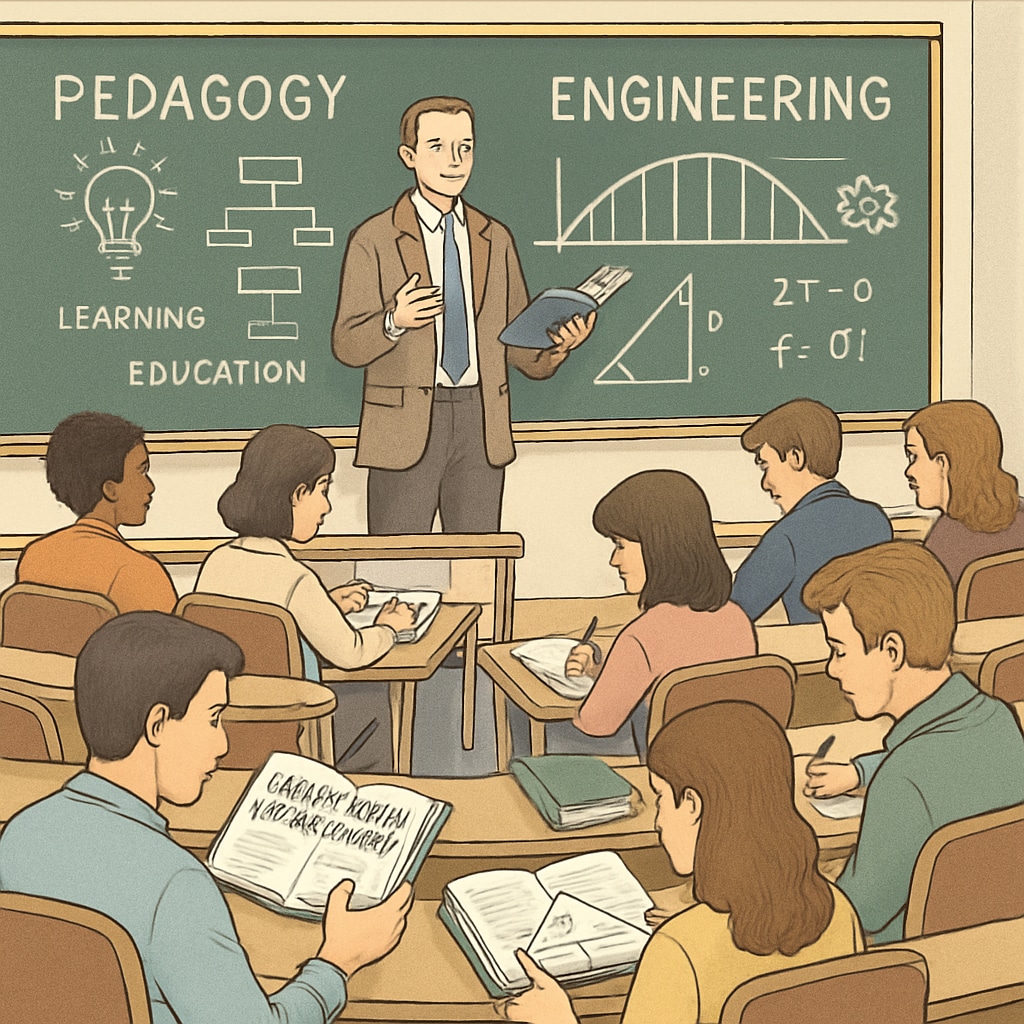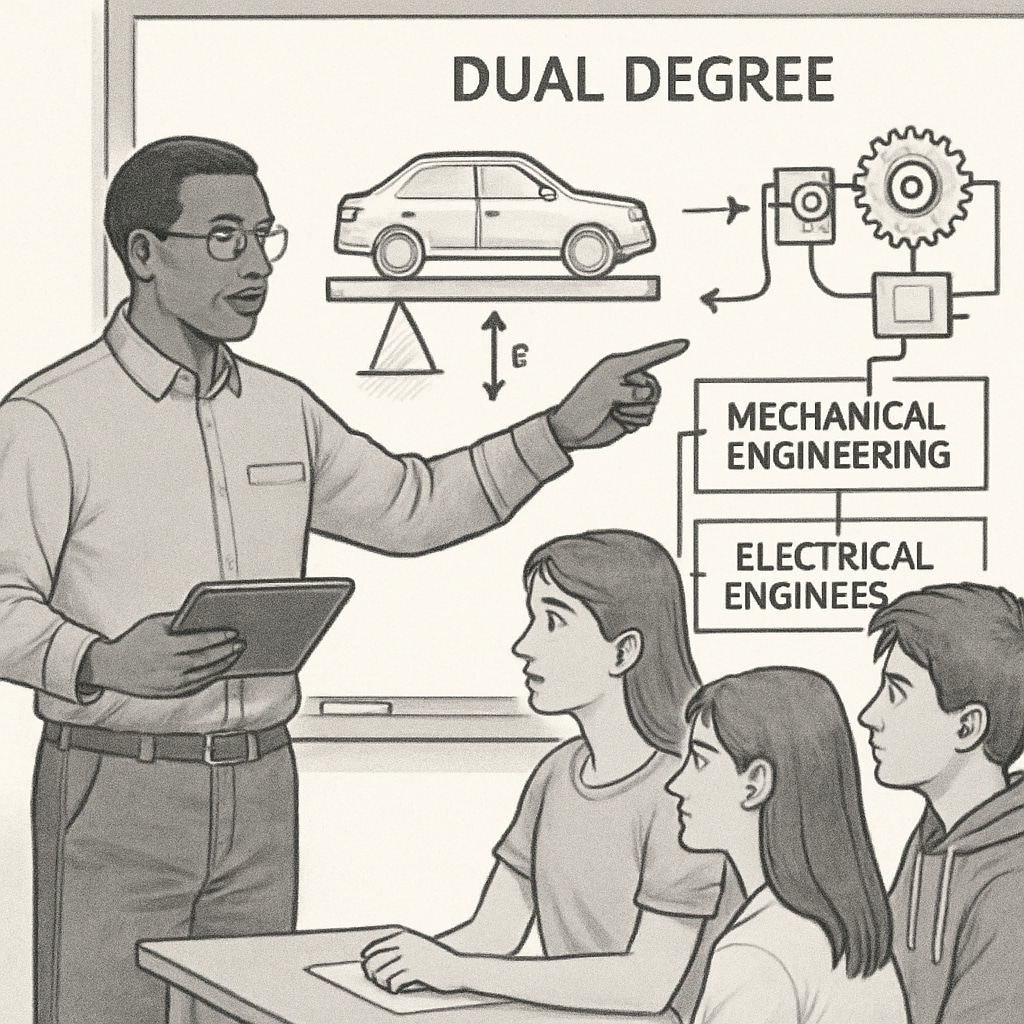Combining a teacher degree and an engineering degree into a dual professional pursuit is increasingly seen as a viable path for students interested in interdisciplinary careers. The integration of education and engineering expertise opens doors to unique career opportunities, ranging from teaching STEM (Science, Technology, Engineering, and Mathematics) subjects to contributing to innovative projects that require both technical knowledge and educational outreach. This article explores the feasibility of pursuing a teacher-engineering dual degree, analyzes potential career advantages, and provides practical guidance for navigating this academic pathway.
Understanding the Pathways for Dual Degrees in Education and Engineering
Achieving a dual degree in education and engineering requires careful planning and dedication. Most universities offer structured programs that allow students to earn dual degrees simultaneously or through extended enrollment periods. For example, some institutions provide joint education-engineering programs tailored for future educators specializing in STEM subjects. Alternatively, students may opt for sequential degrees, earning one degree first and then pursuing the second.
Key pathways include:
- Joint Programs: Universities offering combined curricula for both degrees, reducing redundancy and saving time.
- Sequential Degrees: Completing one degree at a time, allowing for focused expertise in each field.
- Flexible Online or Part-Time Courses: Designed for students balancing work or other commitments while pursuing dual degrees.
While dual degrees require additional time and financial investment, the long-term benefits often outweigh the challenges. For example, educators with engineering backgrounds may earn higher salaries due to their technical expertise.

The Professional Advantages of Dual Expertise
Graduates with dual degrees in education and engineering bring unique value to the workforce. Their interdisciplinary skill set makes them ideal candidates for roles that bridge technical expertise and educational outreach. For instance, these professionals can excel in designing STEM curricula, leading engineering workshops for schools, or working in public policy to promote technical education.
Advantages include:
- Enhanced Employability: Dual-degree graduates are highly sought after in industries emphasizing STEM education.
- Leadership Opportunities: Combining teaching and engineering skills positions graduates for leadership roles in academia or industry.
- Versatility: Their interdisciplinary background allows them to adapt to diverse roles, such as project management or educational technology design.
As a result, pursuing dual degrees offers not only professional flexibility but also the opportunity to positively impact society by bridging technical knowledge and educational innovation.

Challenges and Tips for Success
While the benefits of earning dual degrees in education and engineering are significant, students need to prepare for potential challenges. Balancing the rigorous coursework of two demanding fields can be overwhelming, and financial costs may be higher than pursuing a single degree. However, with proper planning and support, these challenges can be mitigated.
Tips for success:
- Careful Time Management: Create a schedule that prioritizes both fields effectively.
- Seek Academic Advising: Consult advisors to plan coursework and credit requirements strategically.
- Utilize Scholarships and Grants: Look for funding opportunities specifically for interdisciplinary programs.
- Engage in Internships: Gain practical experience by working in roles that combine education and engineering.
Therefore, students pursuing this path must be proactive in managing their resources and building a robust support system.
Readability guidance: Use short paragraphs and lists for clarity. Maintain a balanced tone that highlights both the benefits and challenges of dual degrees. Employ transition words such as “however,” “for example,” and “as a result” to improve flow.


